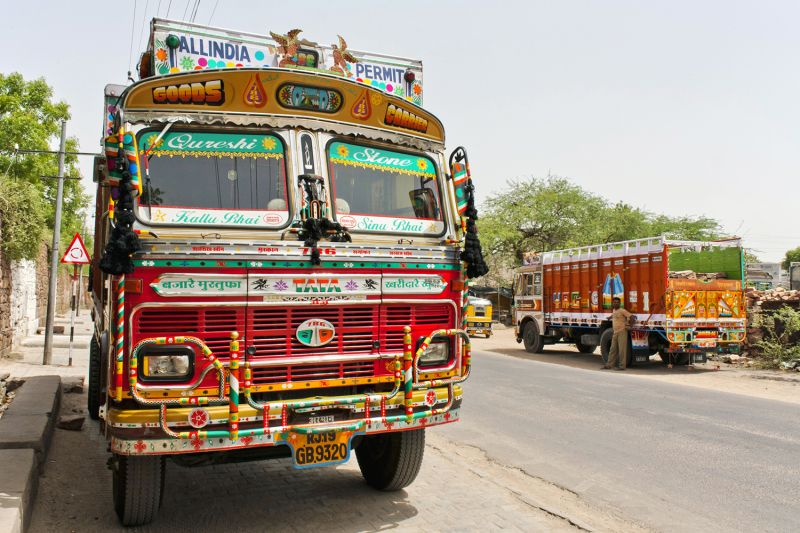The Captivating World of Indian Truck Art
Indian truck art is not merely a form of decoration; it reveals a rich tapestry of culture, identity, and personal expression. Trucks in India serve as mobile canvases, adorned with motifs and messages that often reflect the owner’s personality, beliefs, and pride in their work.
The Artistic Journey of Indian Truck Owners
These colorful vehicles journey across the roads of India, each telling its story through intricate designs and vivid artwork. Consequently, truck art has become emblematic of the larger Indian culture, showcasing various artistic styles and regional influences.
A Colorful Reflection of Culture
Moreover, the vibrant artworks often include social messages, religious symbols, and playful phrases. For instance, the common phrase “Horn Please” is not just a directive; it is a part of the truck’s identity. This blend of functionality and artistry makes each truck unique.
The Artists Behind the Art
The creation of truck art involves skilled artisans, who dedicate their time and talent to painting and decorating these vehicles. They transform plain trucks into stunning masterpieces, using a combination of traditional techniques and modern inspirations.
A Day in the Life of a Truck Artist
- Artists often begin their day early, gathering materials needed for their crafts.
- With brushes in hand, they meticulously paint the detailed designs, often collaborating with the truck owners to include personalized elements.
- The result is a beautifully decorated truck ready to take on the open roads.
Conclusion: The Legacy of Truck Art
In summary, Indian truck art is more than just decoration; it’s a heartfelt expression of culture, individuality, and craftsmanship. Through the lens of GoTravelDaily, one can truly appreciate the stories and artistry represented in these mobile masterpieces. As they continue to travel the highways, these trucks remain a symbol of color and creativity, making them essential to India’s cultural landscape.









